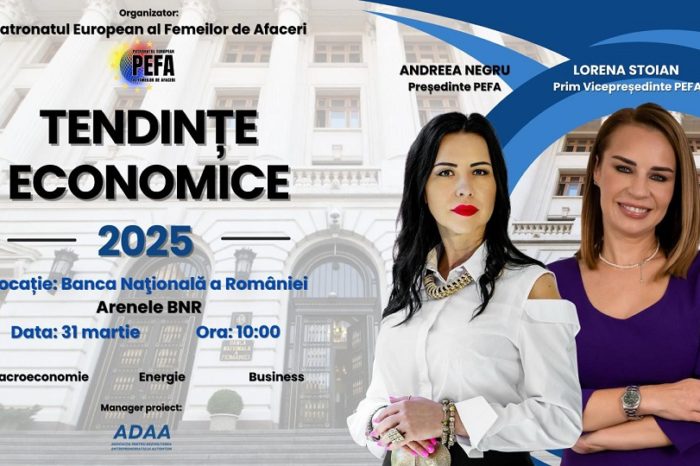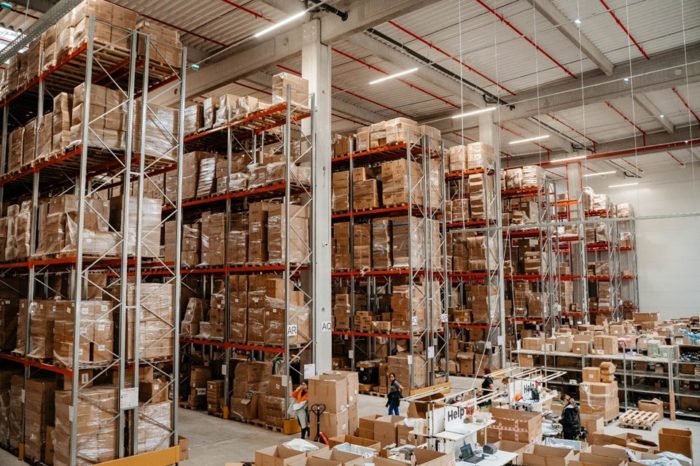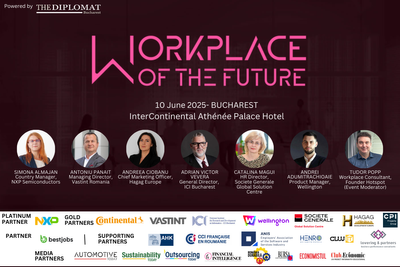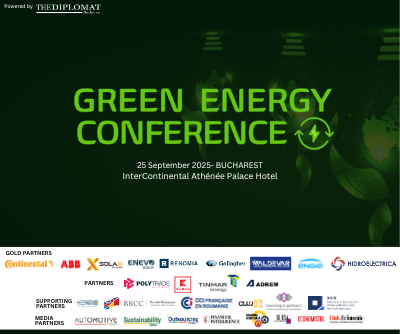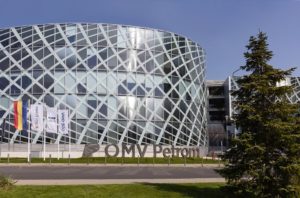Luminita Mitrofan, BA Glass Romania: “The glass collected through the DRS system has had a direct positive impact for us”
Posted On April 2, 2025
0
3.2K Views
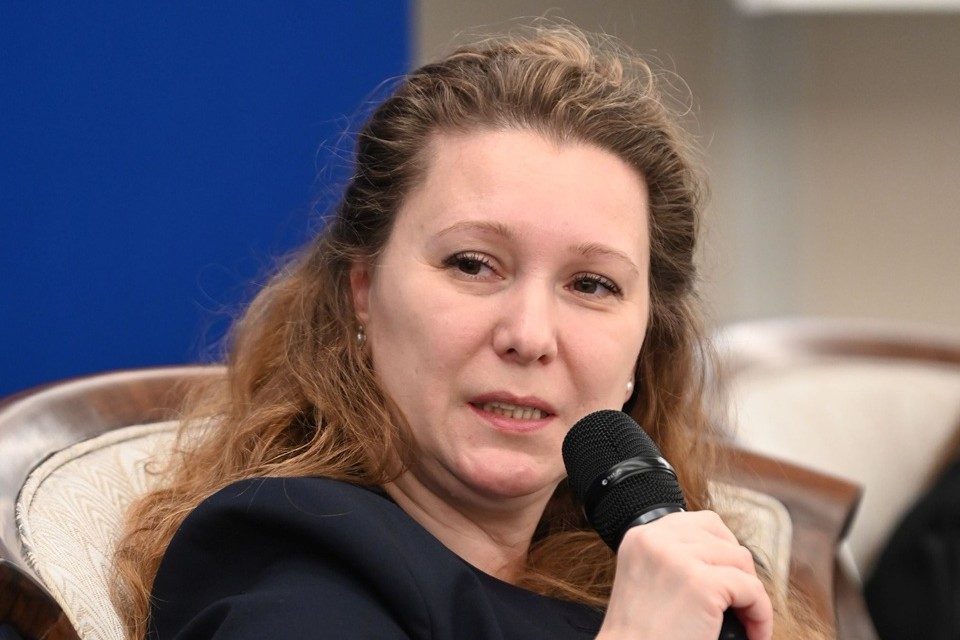
“Reused glass is a raw material for us, we do not see it as waste, but as a resource with which we reduce our carbon footprint, Scope 1 emissions. We reduce the use of virgin raw materials, soda, sand, limestone and we will also produce glass that will have a lower impact on the environment,” Luminita Mitrofan, Environment & IMS Responsible, BA Glass Romania said at Circular Economy Conference organized by The Diplomat-Bucharest and Sustainability-Today.
Key statements:
- In Romania there is pressure from a price and tax perspective, because fewer and fewer raw materials come from the country and we have to import them. The transportation of these materials is expensive, but Scope 2 and Scope 3 emissions are also increasing.
- The DRS system is the largest circular economy project and has helped us recover a lot of resources. We now have a much higher recycling rate and an availability of quality shards especially for transparent glass.
- However, we must also look beyond DRS for other glass flows, which unfortunately most of them end up in landfills. The more glass we can collect, the more glass we can use in our production processes. With these waste streams, Romania can have one of the highest recycling rates in terms of packaging.
- Glass is 100 percent recyclable, 100 percent circular, and our production process is based on this principle of circularity even before the concept of circular economy appeared. The glass collected through the DRS system has had a direct positive impact for us and we must continue our efforts to ensure that this glass remains in Romania.
- Now that the DRS system is operational, we can also focus on secondary packaging flows that were not introduced into the system. For example, jars represent an important flow because they offer a lot of transparent glass.
- Advertisement -

